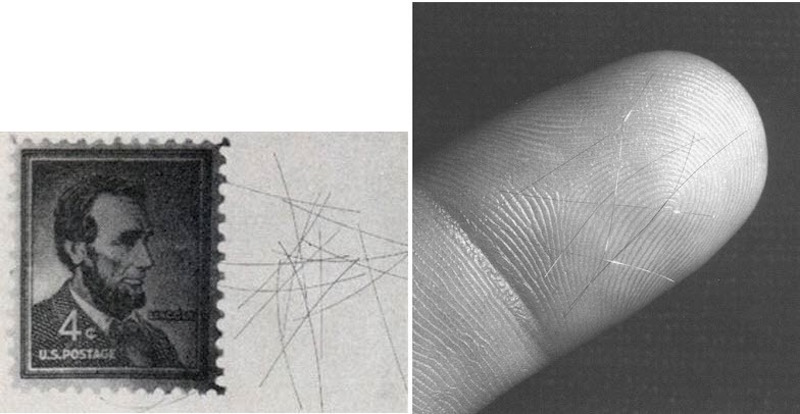In the summer of 1963, the United States successfully put a gigantic ring around the earth. But unlike Saturn, earth’s ring was not made of dust, rock, and ice, but thin hair-like strands of copper wires—half a billion of them.
The wires, or needles, were part of Project West Ford, which was an attempt to strengthen the earth’s ionosphere and provide the United States Military a jam-proof, fail-proof, and destruction-proof communication system.

During the 1950s, long-range communications took place either through undersea cables or over-the-horizon radio where electromagnetic waves were bounced off the earth’s natural ionosphere. Undersea cables are reliable but the fidelity of the ionosphere depends on the activity of the sun; it’s routinely disrupted by solar flares. The United States was concerned that the should the Soviet attack the undersea telephone lines, it would leave America with a very unpredictable communication system that could be disastrous from a military standpoint.
So in 1958, a pioneering electrical engineer by the name of Walter E. Morrow, at MIT’s Lincoln Laboratory, proposed placing a belt of copper wires above the earth. The copper wires would serve as a permanent radio reflector that would allow Americans to bounce off radio waves towards bases located abroad while remaining immune to solar disturbances.
480 million copper needles were prepared for launch. Each needle was 1.8 cm long and measured less than the width of a human hair. The length corresponded to half the wavelength of the 8 GHz microwaves, effectively turning each filament into what is known as a dipole antenna. While individually tiny, when evenly dispersed, the needles were expected to form a band orbiting 3,500 km above the earth.
From our partners:

The first attempt made in October 1961 to orbit the copper needles ended in a failure. The needles failed to disperse, instead forming several useless clumps of wire floating around the earth. The second attempt on May 1965 was more successful—placing some 120-215 million needles in a sparsely concentrated belt around the earth in a polar orbit.
Within a few days, voice transmissions were successfully relayed between California and Massachusetts. Initially, data was transmitted at a rate of about 20 kilo bits per second, allowing for fairly “intelligible” voice transmission. But as the needles continued to disperse, the date rate dropped off significantly. Four months later, the capacity of the transmission was a measly 100 bits per second.
Since the early days, Project West Ford faced stiff opposition from astronomers around the world who were afraid that the copper wires may interfere directly with observations of the sky. Others accused the United States of cluttering space.
The project eventually got shelved by a combination of the system’s less than stellar performance and the rapid development in a more reliable and higher capacity long distance communication system—the modern communications satellite. In 1962, Telstar, the first modern communications satellite, was launched. It transmitted television signals across the Atlantic for two hours a day.
More than a half a century later, clumps of copper needles still orbit the earth far overhead, although the majority of them have fallen back to earth. Being so light weight, they did not burn up in the atmosphere. Many now lie beneath snow at the poles.
This feature originally appeared in Amusing Planet.
















